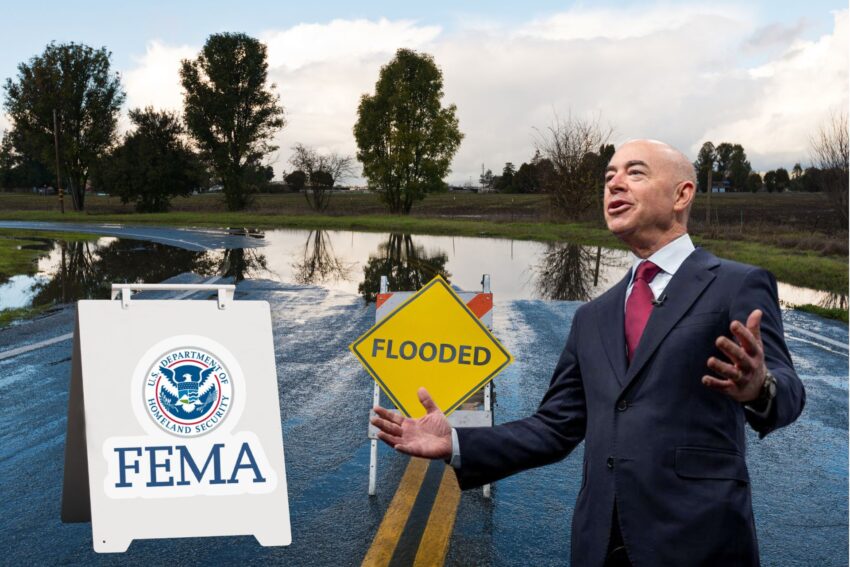In the wake of Hurricane Helene, a new wave of scrutiny has been cast upon the Federal Emergency Management Agency (FEMA) due to its floodplain management rules, which some argue have been leveraged to acquire land under controversial circumstances. This situation came to light through social media posts and local reports, highlighting how these regulations might be used not just for flood prevention but also for broader land use changes.
FEMA’s floodplain management regulations are designed to mitigate the risks associated with flooding, which has become increasingly frequent and severe in many parts of the United States. These rules aim to prevent construction in flood-prone areas or require specific flood-resistant modifications for any new development. The stated intention is to reduce property damage, save lives, and lower the cost of disaster recovery. However, the application of these rules, especially in the context of Hurricane Helene, has sparked a debate over property rights and government overreach.
NEW FLOODPLAIN RULES EFFECTIVE SEPT 9, 2024
This is a massive land grab by our federal government.
Shortly before hurricane Helene and Milton, new FEMA floodplain rules were enacted on September 9, 2024 that will massively limit rebuilding in many of the areas that were… pic.twitter.com/GoiTB0dFxv
— Andrea Shaffer, Employment/Labor Law (@Andreafreedom76) October 17, 2024
Just before Hurricane Helene made landfall, new or tightened FEMA floodplain rules were introduced in certain regions. Critics argue that this timing was not coincidental but strategic. The argument posits that by declaring an area as a high-risk flood zone right before a hurricane, FEMA effectively devalues the land and restricts its future use, particularly for agriculture.
The contention here is that these rules could be used as a pretext for land seizure. When land is designated as a floodplain, especially after a disaster like Hurricane Helene, it might be bought up by the government at a reduced cost under the guise of public safety and flood control. Once acquired, this land could be repurposed in ways that might not align with previous owners’ agricultural or residential plans.
I called it. Land grab.
Maybe there is a reason FEMA has just started setting up in TN and NC. They waited 20 days to inflict maximum destruction to life's and properties. Pure Evil 😈 pic.twitter.com/HQhu9nshy2— Kc Jones (@KcJones52) October 18, 2024
This scenario has led to a public outcry, with landowners and activists arguing that these regulations are being weaponized against private property rights. Legal challenges are emerging, questioning the fairness and constitutionality of such land acquisitions. Critics are demanding transparency regarding how floodplain designations are made, especially in the timing relative to natural disasters.
While the aim of floodplain management seems to be well-intentioned, the economic implications for rural communities are profound. Agriculture, already facing numerous challenges, could see further decline if more land is rendered unusable for farming. On the flip side, environmentalists argue that preserving floodplains can have long-term benefits for ecosystems, acting as natural sponges that absorb floodwater, reducing downstream flood risks, and preserving biodiversity.
The debate over FEMA’s floodplain rules in the context of Hurricane Helene underscores a broader tension between necessary environmental regulations and property rights. It calls for a nuanced approach where public safety, environmental conservation, and individual rights are balanced. The government must ensure transparency and fairness in the application of these rules to avoid perceptions of land grabs under the guise of disaster management. As this story unfolds, it will be crucial for both sides to engage in constructive dialogue to find a solution that respects both the need for flood prevention and the rights of landowners.


